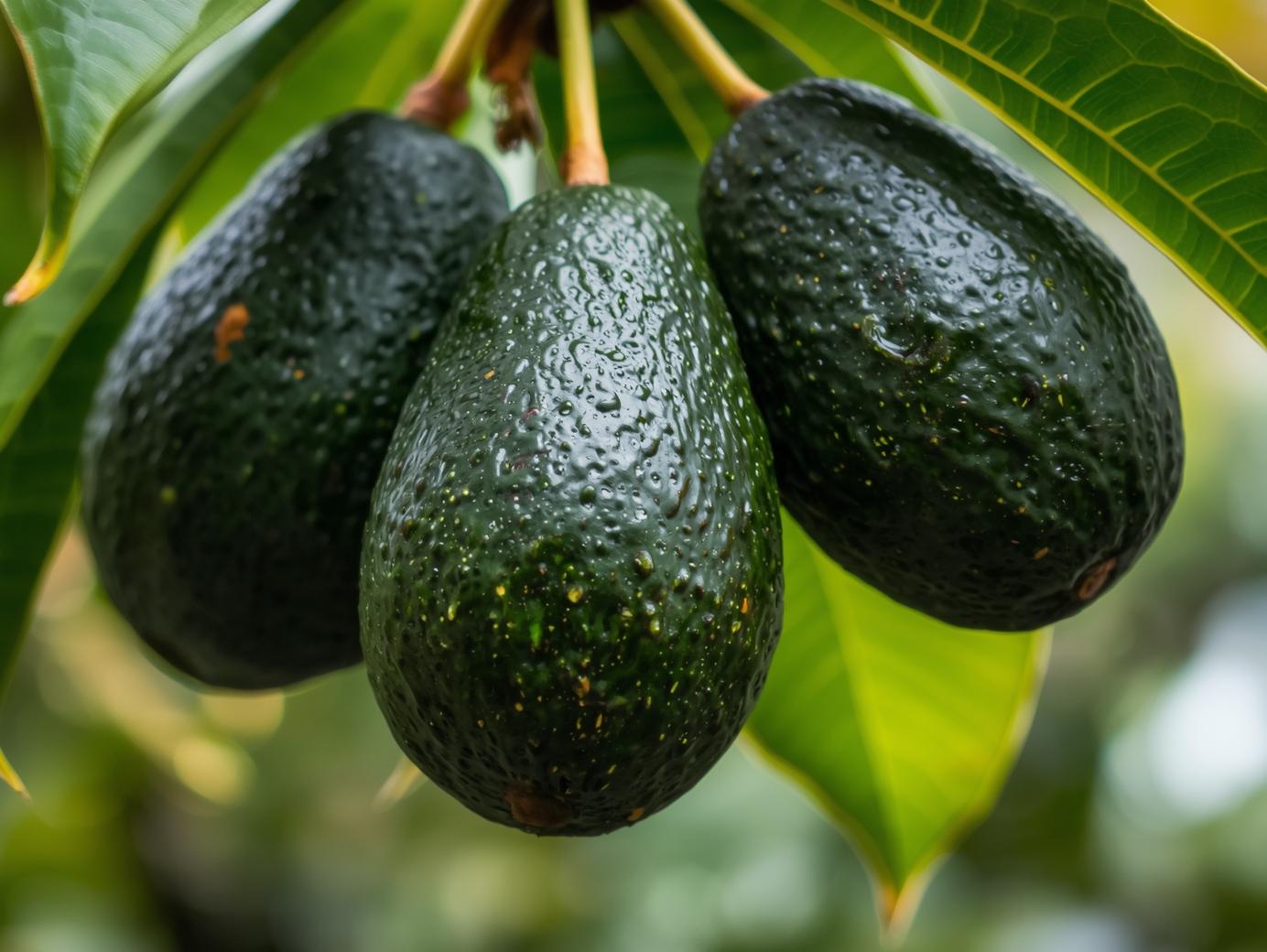Avocado trees have become increasingly popular for home gardeners across the USA due to their delicious fruit and ornamental appeal. Growing avocados in a courtyard setting offers a rewarding experience, but it requires understanding their unique needs. From soil preferences to harvesting techniques, this guide covers everything you need to successfully grow healthy avocado plants right at home.
Soil Selection
Avocado trees thrive in well-draining soils that prevent waterlogging, which can easily cause root rot. Ideally, the soil should be sandy loam with good aeration, allowing roots to access oxygen and moisture without becoming saturated. A slightly acidic to neutral pH, ranging from 6 to 7, promotes optimal nutrient uptake for vigorous growth and fruit development.
If your courtyard soil is heavy clay or poorly drained, amending it with organic compost and coarse sand can improve texture and drainage. Testing soil pH beforehand can help determine if adjustments are necessary. Healthy, fertile soil sets the stage for strong root systems and supports the long-term health of your avocado tree.
Site Preparation
Selecting the right site in your courtyard is crucial for the success of your avocado plant. Avocado trees need full sun exposure for at least six hours a day to maximize photosynthesis and fruit production. The site should also be sheltered from strong winds, which can damage branches and reduce fruit set, especially for young trees.
Before planting, clear the area of weeds and debris to minimize competition for nutrients and water. Loosen the soil to a depth of 12 to 18 inches to facilitate deep root growth. Adding organic matter like compost during site preparation enhances soil fertility and moisture retention. Ensuring good drainage and protection from extreme conditions will give your avocado tree the best start.
Planting
Planting avocado trees at the correct depth and time is essential for establishing a healthy tree. The best time to plant is during the early spring when the threat of frost has passed, providing a longer growing season. Dig a hole twice as wide and as deep as the root ball to allow roots to spread and avoid crowding.
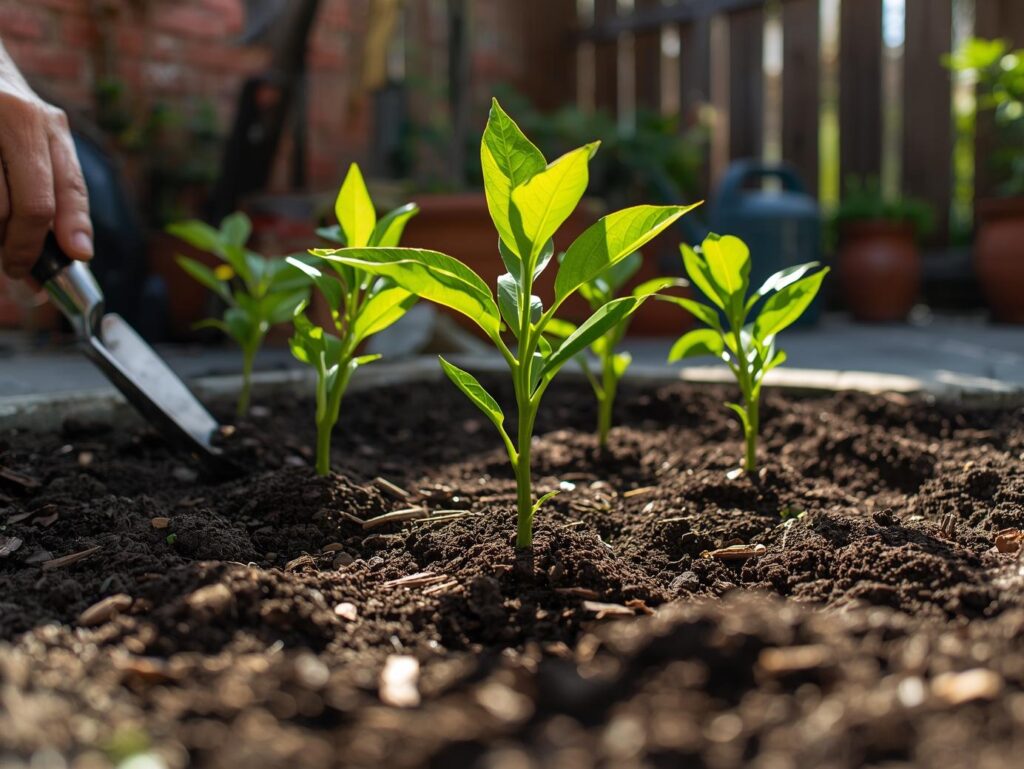
Place the tree carefully in the hole, ensuring the top of the root ball is level with or slightly above the surrounding soil to prevent water pooling around the trunk. Backfill the hole with amended soil, pressing lightly to remove air pockets. After planting, water thoroughly to settle the soil and provide immediate moisture. Mulching around the base helps retain soil moisture and regulate temperature.
Watering
Avocado trees require consistent, deep watering, especially during the first few years after planting. While they prefer moist soil, overwatering can be detrimental, leading to root rot and other diseases. Water deeply once or twice a week, adjusting frequency based on rainfall and temperature, to encourage roots to grow deeply.
As avocado trees mature, they develop greater drought tolerance, but regular watering during dry spells remains critical, particularly during flowering and fruit development. Drip irrigation or soaker hoses provide efficient watering by delivering moisture directly to the root zone without wetting the foliage, which helps minimize disease risk. Monitoring soil moisture levels is key to balancing water needs.
Fertilizing
Fertilizing avocado trees supports their rapid growth and fruit production. Applying a balanced fertilizer high in nitrogen during the growing season encourages healthy leaf and shoot development. Younger trees need lighter feeding, while mature trees benefit from three to four applications annually.
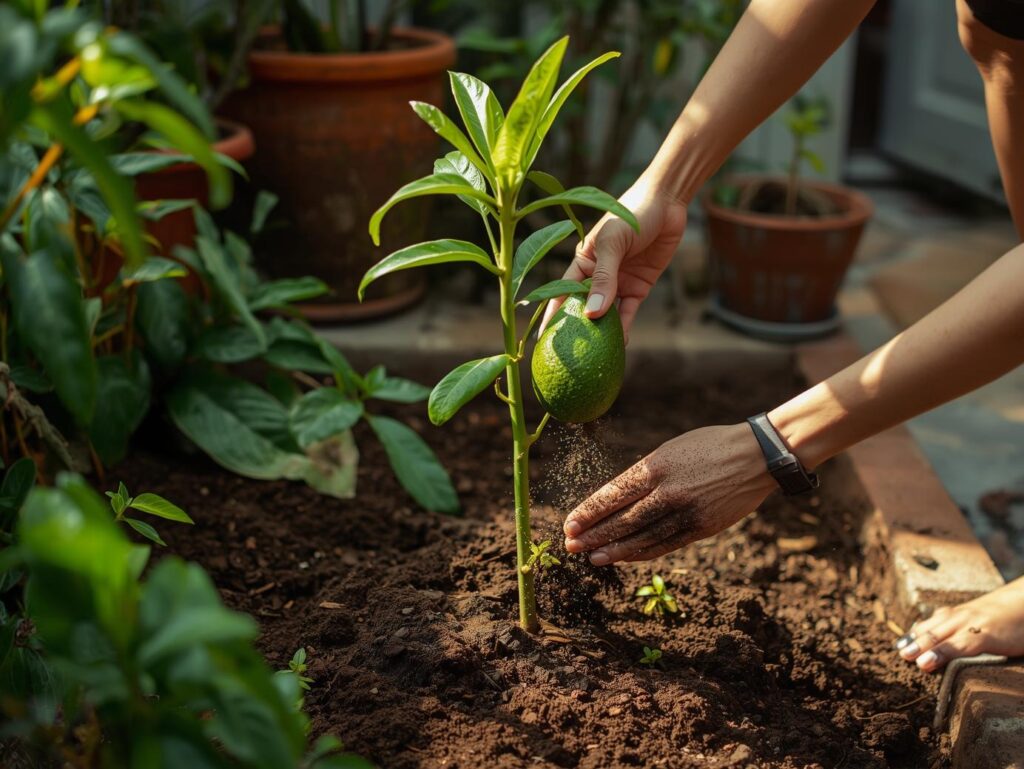
In addition to nitrogen, avocados require micronutrients such as zinc, iron, and manganese to prevent deficiencies that can cause leaf discoloration and reduced vigor. Using organic fertilizers like compost or well-aged manure not only provides nutrients but also improves soil structure. Following soil test recommendations ensures fertilization is tailored to your tree’s specific needs.
Pruning and Training
Pruning avocado trees maintains their health and encourages a strong branch structure that supports fruiting. The best time to prune is in late winter or early spring before new growth begins. Remove dead, damaged, or crossing branches to improve air circulation and light penetration within the canopy.
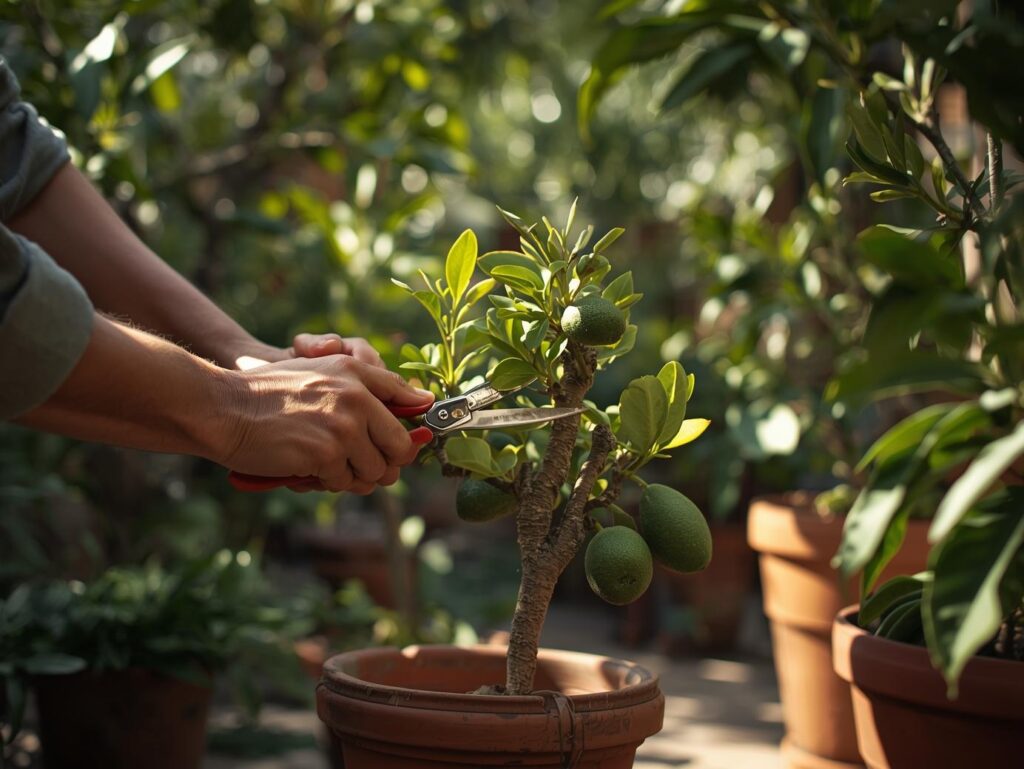
Training young avocado trees to develop a single main leader or open-center form helps optimize sunlight exposure and makes maintenance easier in a courtyard setting. Regular pruning also helps control the tree’s size, which is important when space is limited. Keeping the tree well-shaped prevents overcrowding and reduces disease risk.
Pest and Disease Control
Avocado trees can be vulnerable to pests such as avocado thrips, mites, and root rot-causing fungi. Regular inspection helps identify early signs of infestation or disease. Natural predators and organic treatments like neem oil can be effective for managing pests, while maintaining tree health through proper watering and fertilizing reduces susceptibility.
Diseases such as Phytophthora root rot and anthracnose require proactive management. Ensuring good drainage, avoiding excessive moisture, and promptly removing infected plant material help control outbreaks. Selecting disease-resistant rootstocks and maintaining proper hygiene in the garden are additional steps to keep your avocado tree healthy.
Fruiting and Harvest
Avocado trees typically start bearing fruit three to four years after planting. The fruit matures gradually and must be harvested when it reaches the right size and softness, as avocados do not ripen well while still attached to the tree. Picking fruit at the correct time ensures optimal flavor and texture.
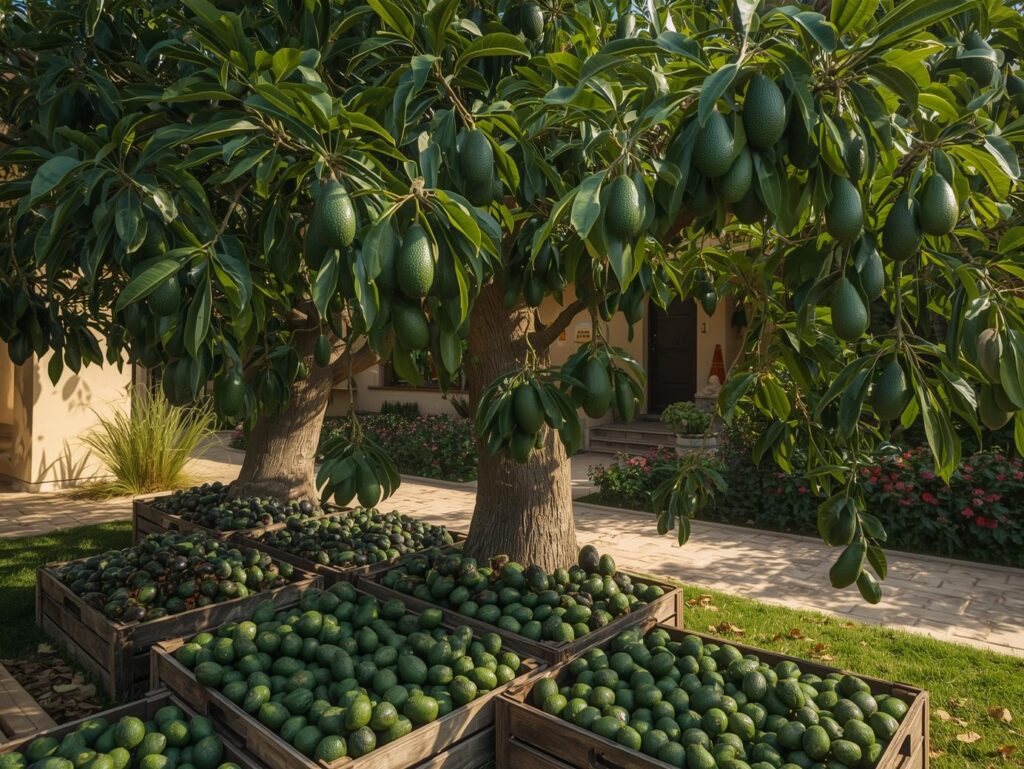
Harvest avocados carefully by hand, using clippers or gently twisting to avoid damaging the fruit or branches. Regular harvesting encourages continued fruit production throughout the season. Storing avocados at room temperature after picking allows them to ripen evenly, so you can enjoy fresh, creamy avocados straight from your courtyard garden.
